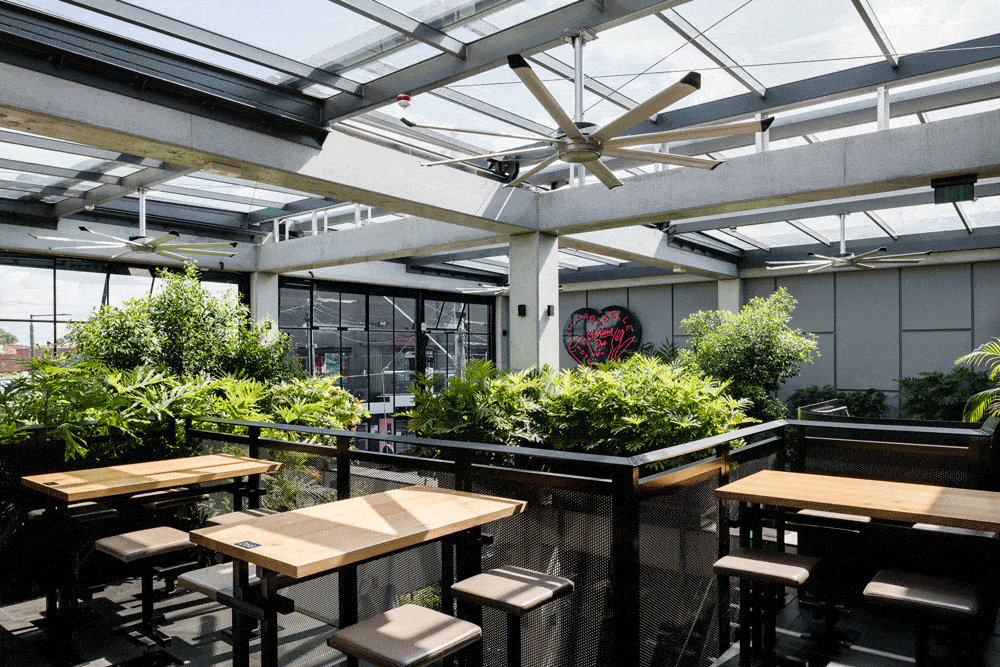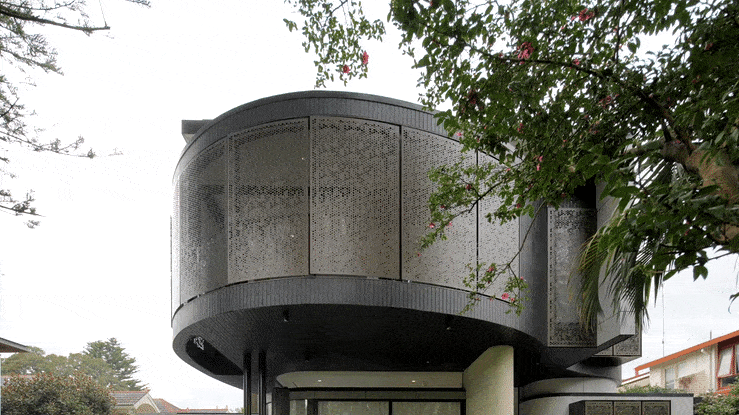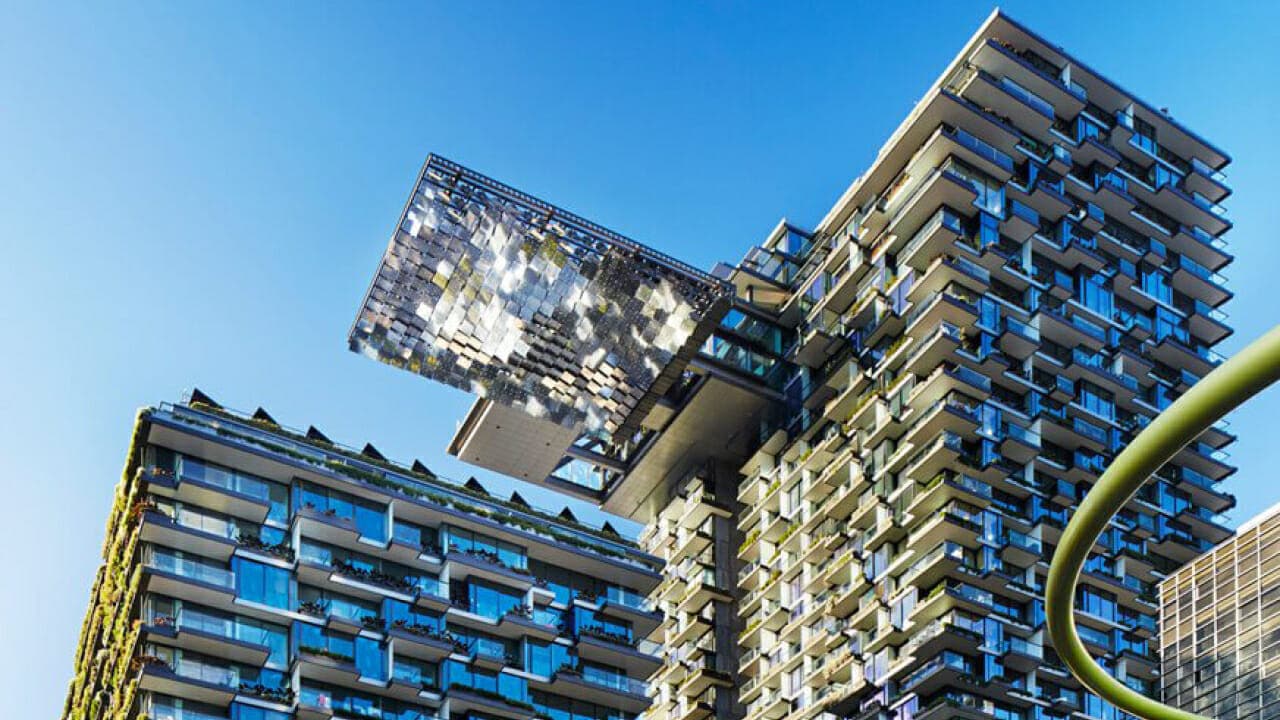-
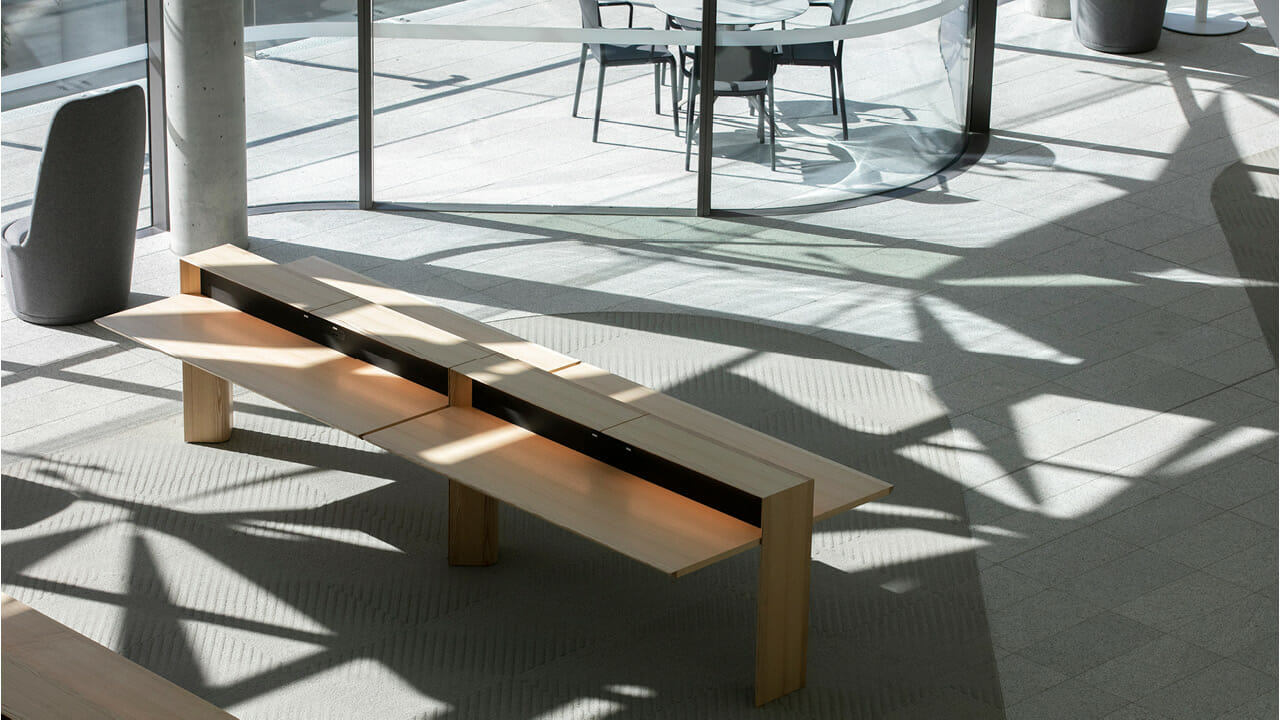
-
How industrial design supports the architect’s sustainability vision
Next time you hear someone say, “you can’t serve two masters”, spare a thought for the modern day architect: they’re required to serve four.
Aesthetic, functional, economic and sustainability imperatives are all equally important to a successful project outcome—the challenge lies in ensuring none are compromised in the pursuit of all. This is particularly true of the aesthetic/sustainability nexus when implementing passive design strategies.
-
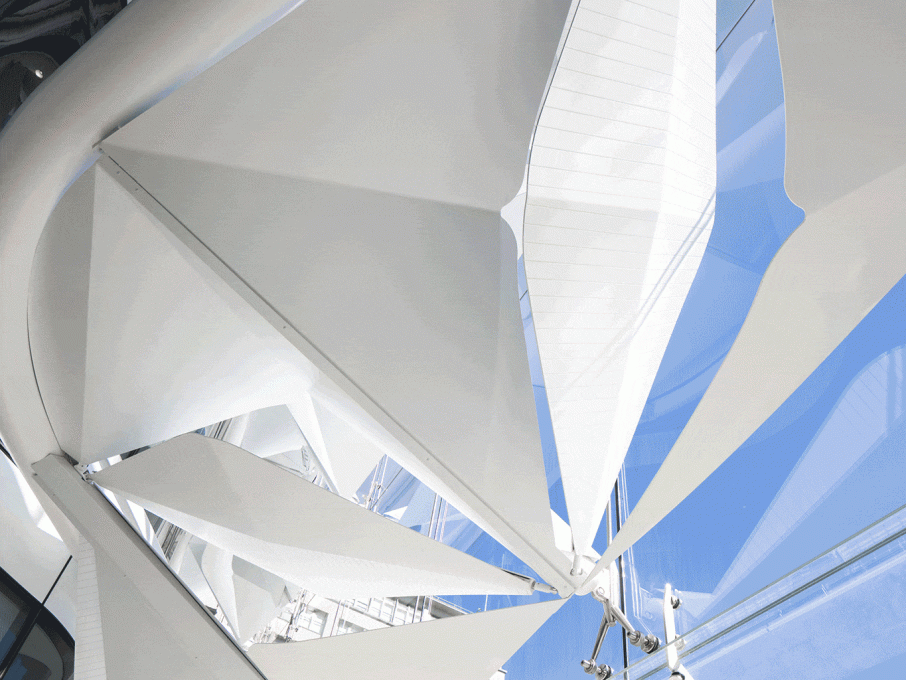
Close up detail of the Louvre -
The inspiration paradox
Architectural journals constantly raise the bar in the area of passive design. Exemplar projects inspire the profession to problem-solve issues like solar access/abatement and natural ventilation with ingenuity and originality. But the pioneering spirit comes with a cost—and that cost is increased risk.
This is why progressive architects are increasingly engaging with industrial designers at the concept and design development stages. By drawing on their inherent expertise in technologies, materials and manufacturing methods, innovative design ideas can be validated through computer modelling and iterative prototyping—and unforeseen complications and expense averted.
Form that functions
While site orientation can be the most influential passive design consideration— especially with green field sites—in dense urban centres and single dwelling infill, rebuild or renovation projects, its utility is limited. Even with site orientation optimised, the sun has an annoying habit of moving across the sky. Fixed shading may lend itself more readily to the expression of form, but by definition, will always be compromised in function—just as a broken clock is right twice daily, it can only mediate solar penetration optimally for a limited period each day.
Leading by example
Dynamic shading presents no such dilemma. As exemplified by fjmt Studio’s UTS Central building, it’s possible to marry the most striking aesthetic with exceptional functionality. Tilt’s contribution to this highly complex project began with a feasibility study that considered mechanical and structural engineering, wind loads, electrical integration, material selection, aesthetic and functional objectives, as well as budgetary expectations. Having delivered proof of concept, we were then engaged to deliver the finished system, including design management, manufacturing, installation and commissioning.
Same but different
Across the road from UTS Central, One Central Park faced the opposite challenge—how to overcome overshadowing of its own making, to improve solar access for the scheme’s five-storey retail atrium, podium spaces and landscaped terraces. The project architects, Ateliers Jean Nouvel and PTW Architects, proposed the use of reflected light. To realise their vision, Tilt repurposed existing thermal industry technology, employing iterative prototyping to explore and refine, functional and aesthetic possibilities.
The resulting design comprised 320 individually orientated mirrors positioned on the cantilever of the eastern tower and 40 motorised on top of the western tower which track the sun and reflect up to the cantilever structure. Collectively, the system delivers dappled light by day, then transforms as night falls into a spectacular, urban scale interpretative artwork.
Not a size thing
While the value added by industrial design processes may be more immediately obvious on large structures, their application can de-risk and help deliver design innovation for projects of any scale or typology. The 200m2 retractable roof over the garden bar at St Kilda’s Village Belle Hotel is a case in point.
Sympathetic to its low-rise heritage setting, the roof draws in light, enables all year-round climate control, and mitigates noise penetration. Developed in collaboration with Technē Architecture + Interior Design, it also delivered headroom beyond that achievable by off-the-shelf alternatives.
-
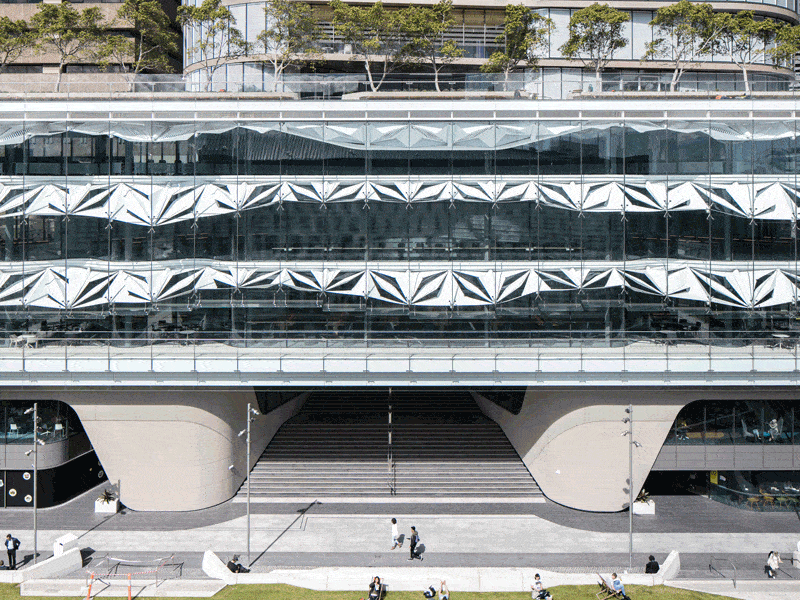
Working closely with fjmt architects, our goal was to deliver a sun shading system that would live up to the design spirit of the building and turn a functional feature into something visually exceptional.
-
Related projects
-
Latest news and insights
-
Enquiries
New business — studio@tilt-industrialdesign.com
Careers — studio@tilt-industrialdesign.com
Press & media — marketing@tilt-industrialdesign.com
We acknowledge the Traditional Owners of Country throughout Australia and their continuing connection to land, waters and community. We celebrate the value and diversity of First Nations art forms, cultures and languages, and their ongoing significance today. We pay respect to Elders past and present.
